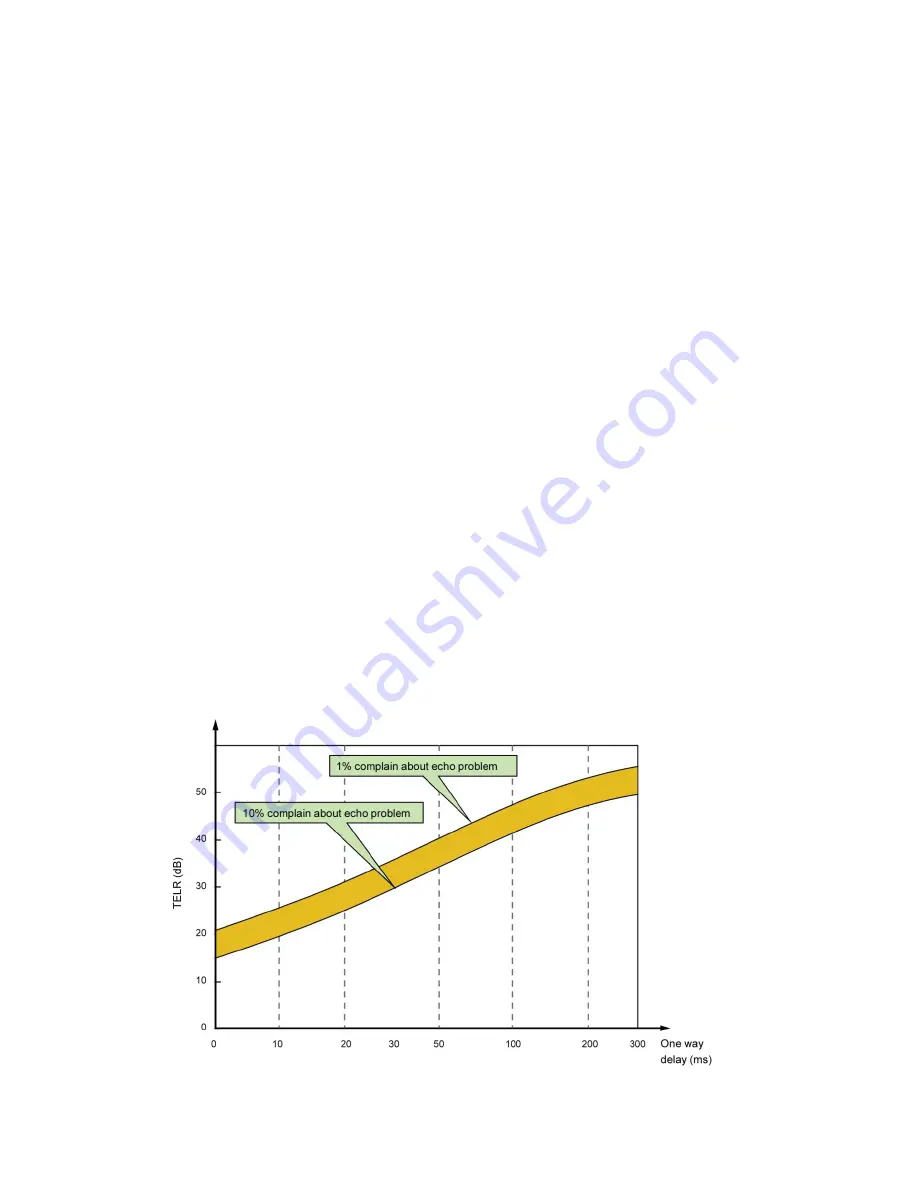
72
| Appendix B
And the researchers succeeded in achieving the ITU goal: AAC is the first codec system to fulfill the ITU require-
ments for indistinguishable quality at 128 kbps/stereo. It has approximately 100% more coding power than Layer 2
and 30% more power than the former MPEG performance leader, Layer 3. It offers:
♦
20kHz mono or stereo audio bandwidth
♦
Significantly less delay than MPEG2 layers 2 or 3
♦
Full-fidelity mono on a single 56kbps channel
♦
Affordable, transparent audio transmission for AM/FM radio or television audio
For more information on AAC, and the tests of it, see our web site for a paper on the subject: www.zephyr.com
AAC-LD (AAC Low Delay)
When announcers use codecs for broadcast remote applications, they often need to have a natural two-way inter-
action with other program participants located back at the studio, or callers. Because it is a hot topic for engineers
working in the field of Internet telephony, a number of studies have been conducted to determine users’ reactions
to delays in telephone conversations. The data apply directly to the application of professional codecs to remotes,
so it is interesting to take a peek over the shoulder of the telecom guys to see what they have learned.
For broadcast remotes, we try to arrange our system so that there is no path for the field announcer’s voice to
return to his/her headphones. Nevertheless, sometime echo is unavoidable. For example, this can happen when a
telephone hybrid has leakage, or when a studio announcer has open-air headphones turned up loud, and the audio
makes its way into the studio microphone.
When there is no echo, it has been discovered that anything less than 100ms one-way delay permits normal interac-
tion between participants. Between 100 and 250ms is considered “acceptable.” ITU-T standard G.114 recommends
150ms as the maximum for “good” interactivity. Echo introduces a different case. As you might expect, echo is
more or less annoying depending upon both the length of time it is delayed and its level. Telephone researchers
have measured and quantified reactions, and ITU-T G.131 reports the findings and makes recommendations.
Summary of ITU-T G.131 with recommendations for designers of telephone systems that must cope with echo.
This shows Talker Echo Loudness Rating versus Delay

























